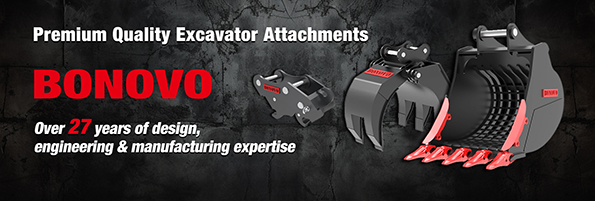The screening particle size of the drum screening bucket is above 25mm, and generally a punched or drilled screen plate is used. Most of the holes are round holes and arranged in a diamond shape. Woven screens can be used for sizes below 25mm, and the woven screens have square holes. For 25mm screen holes, a punched screen plate or a woven screen can be used. The woven screen should prevent the screen bars from sliding and the screen holes from deforming.
For screening below 1mm (including desludging, dehydration, and demediation), a slotted screen plate is used. For screening below 0.5mm, a slotted screen plate (with a screw through the ring on the screen bar or welded) or a nylon screen can be used. Whether it is a screen plate or a screen, it must be tightened and fastened to the screen box. This is very important. This can not only extend the life of the screen plate, screen mesh, and screen box, improve screening efficiency, but also reduce noise.
For screen plates above 50mm, they are often made of steel bars or light rails. In particular, it is more appropriate to use old rails for fixed screens. The bar-shaped screen bars are all made into wedges, wide at the top and narrow at the bottom, which is convenient for materials to pass through.
The circular sieve hole uses the diameter of the circle to indicate the size of the sieve hole, which can ensure that the particle size passing through is smaller than the size of the sieve hole. The product under the sieve basically does not contain particles larger than the size of the sieve hole, but the diagonal of the Tianshang Shilin is 1.414 times the side length. Some data believe that the maximum particle passing through the square hole is equivalent to 1.23 times the maximum particle size passing through the circular hole.
The rectangular sieve hole uses the short side of the rectangle as the nominal size of the sieve hole. In this case, particles exceeding the size of the sieve hole, especially flat particles, will pass through the sieve along the long side of the sieve hole. There are also some irregular shaped sieve holes, such as some woven screens. The sieve hole of the probability sieve is often larger than the separation particle size and is calculated using the projection of the sieve hole. In any case, the particle size of the sieved product is the standard for measuring particle size.
The drum sand screening bucket of the excavator is also called a cylindrical rotary screen, a cylindrical screen, a rotary screen, a rotary screen, etc. The drum screening bucket is suitable for screening particle sizes ranging from tens of millimeters to 100 meshes. The mesh size can be selected in a variety of ways according to the size of the material. It is easy to replace and greatly reduces machine wear and operation difficulty. The mesh size can be 10*10-80*80mm, and the mesh size: 10mm-150mm can be customized. The drum screening bucket (rotary screening cage) is suitable for washing mountain sand and river sand, screening gravel in waterways, and sand fields, mixing stations, construction sites and other working conditions with relatively high mud content. It is particularly suitable for screening materials with smaller particles, separating softer materials, and completing excavation and separation at one time.
Buy a small excavator, buy a second-hand small excavator, buy excavator parts, sell excavator parts, buy a small excavator
Choose DIG-DOG for high-quality, customizable brush cutters for skid steers with fast delivery. Contact us today to discover how our superior products can enhance your land management tasks!
for more info just visit our website at www.dig-dog.com
contact # : +86 158 6218 2088
email : sales@bonovogroup.com
What are the requirements and standards for the shape of the drum screening bucket sieve plate and sieve holes?
- DIG-DOG
- Counselor
- Posts: 645
- Joined: Oct 20th, '24, 22:38
- Location: China

